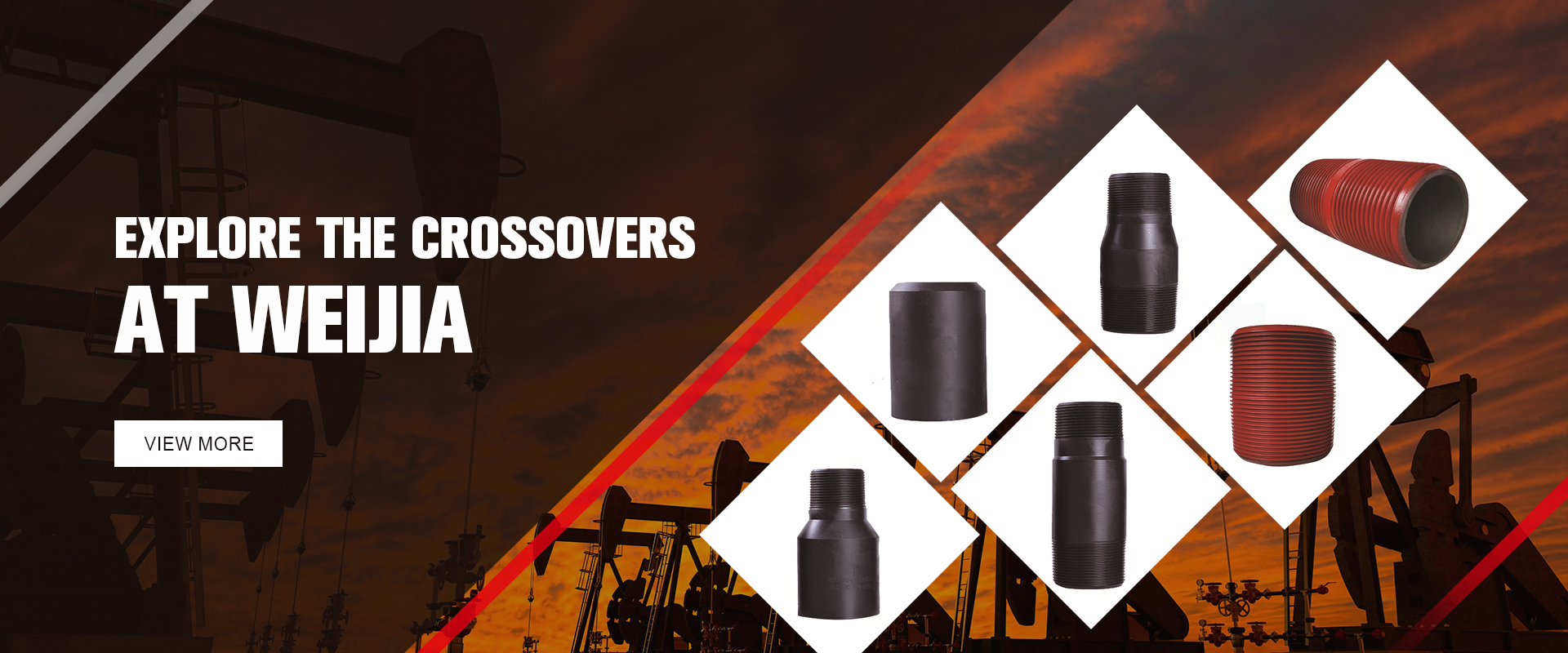- Afrikaans
- Albanian
- Amharic
- Arabic
- Armenian
- Azerbaijani
- Basque
- Belarusian
- Bengali
- Bosnian
- Bulgarian
- Catalan
- Cebuano
- Corsican
- Croatian
- Czech
- Danish
- Dutch
- English
- Esperanto
- Estonian
- Finnish
- French
- Frisian
- Galician
- Georgian
- German
- Greek
- Gujarati
- Haitian Creole
- hausa
- hawaiian
- Hebrew
- Hindi
- Miao
- Hungarian
- Icelandic
- igbo
- Indonesian
- irish
- Italian
- Japanese
- Javanese
- Kannada
- kazakh
- Khmer
- Rwandese
- Korean
- Kurdish
- Kyrgyz
- Lao
- Latin
- Latvian
- Lithuanian
- Luxembourgish
- Macedonian
- Malgashi
- Malay
- Malayalam
- Maltese
- Maori
- Marathi
- Mongolian
- Myanmar
- Nepali
- Norwegian
- Norwegian
- Occitan
- Pashto
- Persian
- Polish
- Portuguese
- Punjabi
- Romanian
- Russian
- Samoan
- Scottish Gaelic
- Serbian
- Sesotho
- Shona
- Sindhi
- Sinhala
- Slovak
- Slovenian
- Somali
- Spanish
- Sundanese
- Swahili
- Swedish
- Tagalog
- Tajik
- Tamil
- Tatar
- Telugu
- Thai
- Turkish
- Turkmen
- Ukrainian
- Urdu
- Uighur
- Uzbek
- Vietnamese
- Welsh
- Bantu
- Yiddish
- Yoruba
- Zulu
coupling for tubing
Understanding Coupling for Tubing A Key Component in Pipeline Systems
In various industries, tubing plays a crucial role in the transportation of fluids, whether it be oil, gas, water, or other materials. A fundamental aspect of ensuring the integrity and reliability of these tubing systems is the use of couplings. Couplings are mechanical devices that connect two sections of tubing, allowing for the seamless transport of fluids while maintaining pressure and preventing leaks.
Types of Couplings
There are several types of couplings used in tubing applications, each designed for specific purposes and environments. The most common types include
1. Screw Couplings Also known as threaded couplings, these are widely used for their ease of assembly and disassembly. They feature male and female threads that securely join two tubing sections, making them suitable for high-pressure applications.
2. Welded Couplings In environments where maximum strength is required, welded couplings are preferred. These couplings are permanently joined through welding, ensuring there are no leaks or weak points. They are often used in industrial applications where durability is crucial.
3. Flanged Couplings These consist of two flanges bolted together, providing a reliable connection that can withstand high pressures. Flanged couplings are easily accessible for maintenance, making them popular in large piping systems.
coupling for tubing

4. Compression Couplings Similar to screw couplings, compression couplings use a sleeve and a ring to secure the tubing together by compressing the ring against the tubing. This design allows for quick installations and repairs.
Material Considerations
The material of the coupling is just as important as its type. Depending on the fluid being transported and the environmental conditions, couplings are made from various materials, including carbon steel, stainless steel, plastic, and even special alloys. Each material offers distinct advantages regarding corrosion resistance, strength, and temperature tolerance.
Installation and Maintenance
Proper installation and maintenance of couplings are essential for ensuring a safe and effective tubing system. Regular inspections can identify wear and tear, while timely replacements can prevent catastrophic failures. During installation, it is critical to follow manufacturer guidelines and industry standards to achieve optimal performance.
In conclusion, couplings for tubing are vital components that enhance the functionality and reliability of pipeline systems. By understanding the different types and materials available, as well as the importance of proper installation and maintenance, industries can ensure safe and efficient fluid transport. As the demands on pipeline systems continue to grow, advancements in coupling technology will play a significant role in meeting these challenges.
-
Tubing Pup Joints: Essential Components for Oil and Gas OperationsNewsJul.10,2025
-
Pup Joints: Essential Components for Reliable Drilling OperationsNewsJul.10,2025
-
Pipe Couplings: Connecting Your World EfficientlyNewsJul.10,2025
-
Mastering Oilfield Operations with Quality Tubing and CasingNewsJul.10,2025
-
High-Quality Casing Couplings for Every NeedNewsJul.10,2025
-
Boost Your Drilling Efficiency with Premium Crossover Tools & Seating NipplesNewsJul.10,2025







